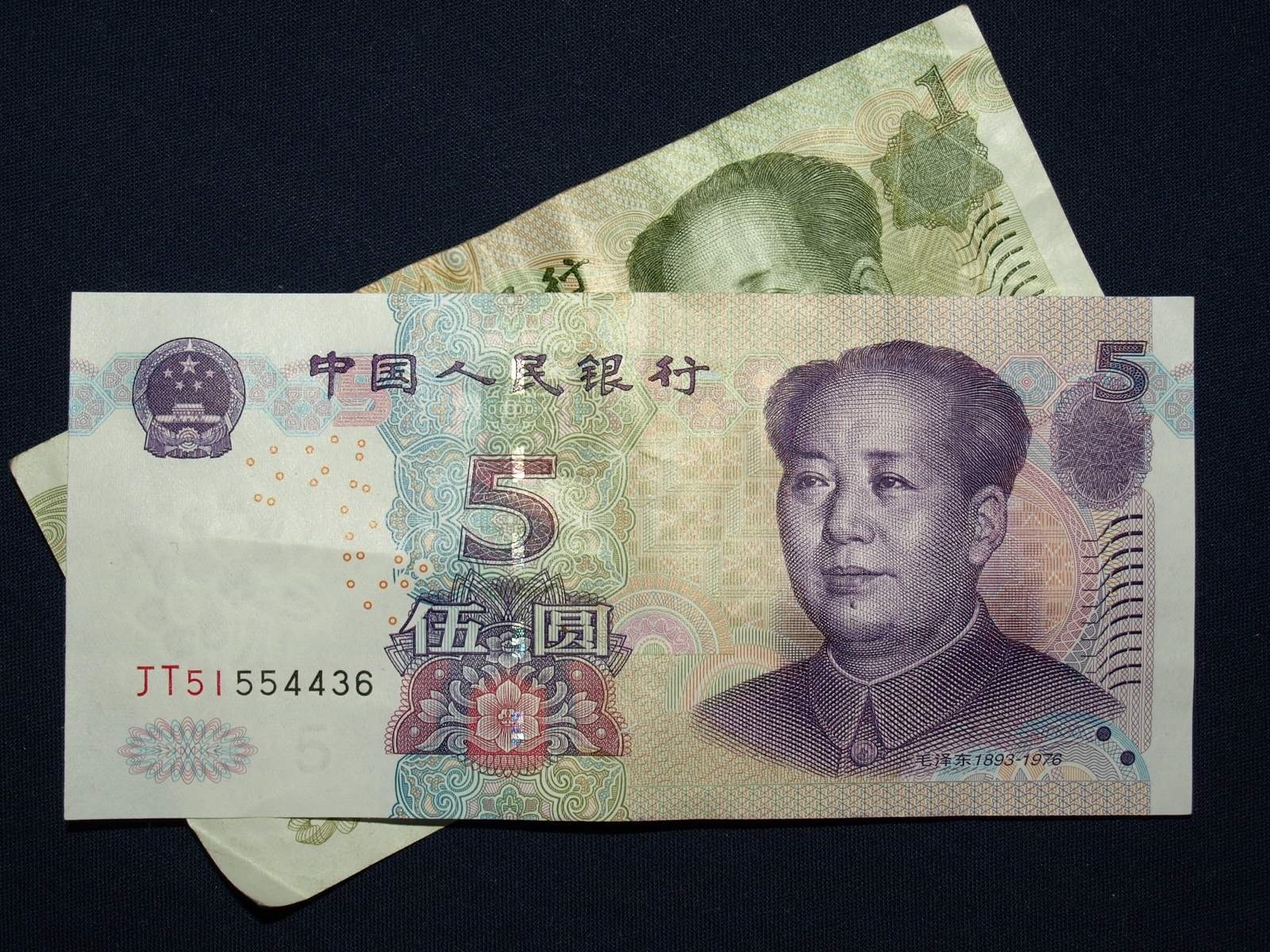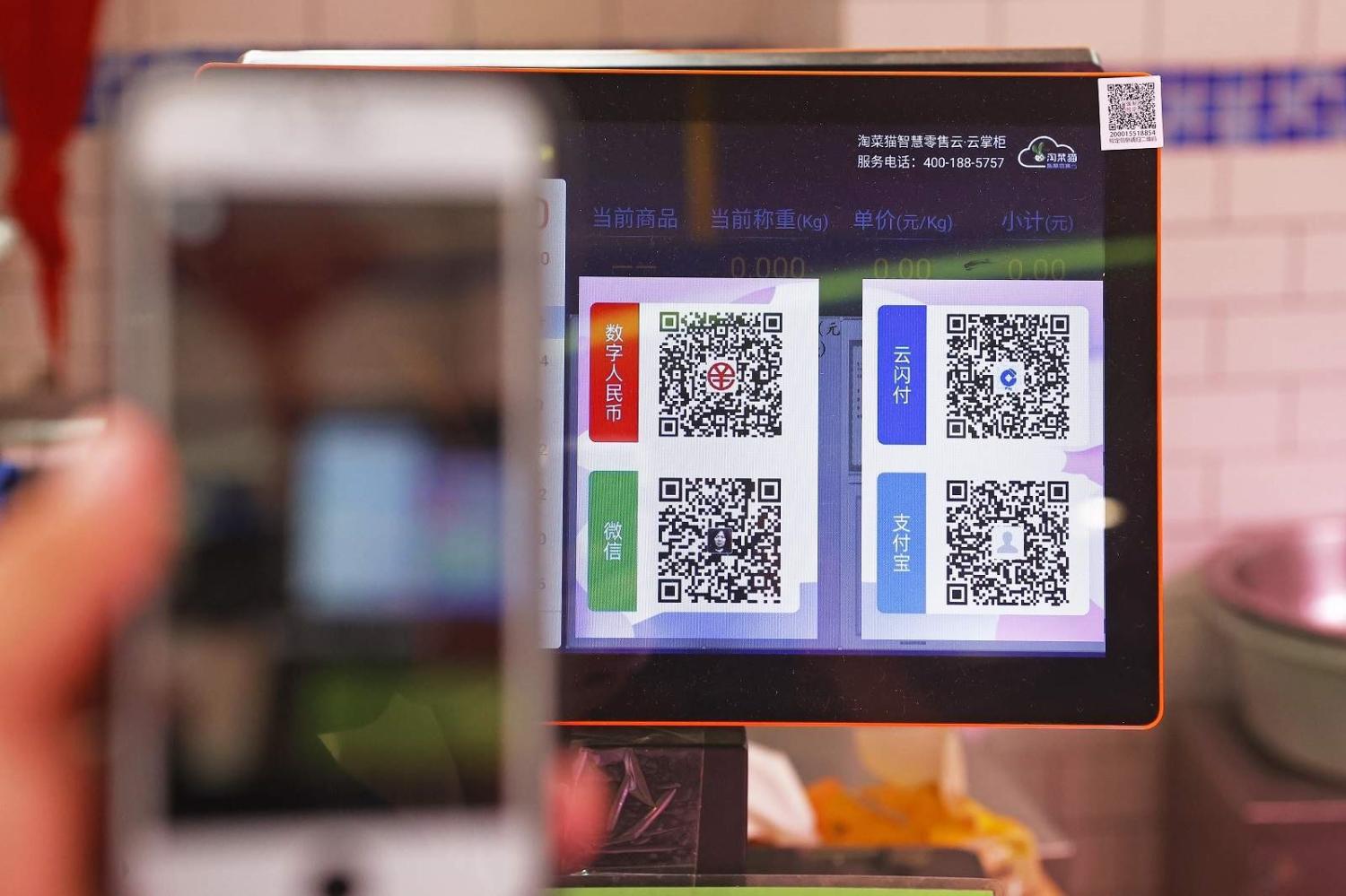China’s financial system is changing. The country’s new Digital Currency Electronic Payment (DCEP) – a digital payment and processing network run by the Central Bank of China – and its digital currency, the digital yuan (e-CNY), is expected to completely replace physical cash. Unveiled in 2019, the DCEP began its trial in April 2020 and has been slowly rolled out in major cities including Shanghai, Chengdu and Beijing. Its cautious implementation illustrates how seriously the Chinese government is taking the DCEP project.
A digital currency is money that only exists as electronic data. While it can be used just like regular money, it has no physical form and transactions can be sent from any place and received in any location in the world. The key distinction between digital currencies and more infamous cryptocurrencies, such as Bitcoin, is in their use of blockchain technology. Cryptocurrencies use blockchains to remain decentralised and anonymous, avoiding the need for a supervisory authority. Digital currencies use blockchain as well, but they operate with a centralised authority and require user identification. The DCEP features “controllable anonymity” that is tracked and requires users to download and register to an app on their smartphone. This centralisation means that China’s government has the ability to freeze and close accounts – something that is nearly impossible to achieve with the more democratic cryptocurrencies. The centralised system also allows users to rectify mistakes made when using or transferring digital currency, again a feature that is virtually non-existent with cryptocurrency.
The long-term potential of the digital yuan will be its ability to subvert the power of the American dollar.
In the West, the project has caused concern. The Wall Street Journal said the DCEP was “a point of anxiety in Washington”, and Wired called the digital currency a “warning to the world”. There are good reasons to be cautious of a digital yuan. First, it gives the Chinese government increased surveillance powers over its citizens and private companies. Second, it has the potential to supplant the dominance of the US dollar in the international economy. However, the current low status of the RMB means that even a digitised version will find it difficult to budge the power of the mighty US greenback.
At present, the DCEP is a domestic product within China and discussions in Chinese media about the internationalisation of the system are limited. Attention is instead focused on how the digital currency will support the domestic retail market and the e-commerce industry, particularly as the economic rebound from the Covid pandemic has slowed.

More likely, the long-term potential of the digital yuan will be its ability to subvert the power of the American dollar by enabling countries sanctioned by the United States, such as Iran, North Korea and possibly Afghanistan, to conduct greater business with China. One of the benefits of the dollar’s dominance is that any American sanctions are brutal on their target economies. Countries close to China could use the DCEP and alleviate the burdens imposed by sanctions. It will also challenge the ability of the United States to enforce international trade penalties against Chinese companies, such as Huawei and Douyin (the version of TikTok in China). By operating within the margins of international finance, the digital currency also has the potential to reach less developed regions outside China.
DCEP has one important advantage over other currency systems – its digital wallets don’t require an internet connection to be accessed via smart phone.
China is well suited to the adoption of a digital currency thanks to the current widespread use of similar products, including WeChat Pay and Alipay. These digital payment systems are among the most widely used in the world. In major cities like Beijing, these methods of transferring money are so common, and physical cash so rare, that beggars on the street carry laminated QR codes to receive donations. This total societal adoption of the technology speaks to the potential of DCEP. However, DCEP has one important advantage over other currency systems – its digital wallets don’t require an internet connection to be accessed via smart phone.
A key motivator in the Chinese government’s push for DCEP and its digital currency is that in the country’s leap into the digital economy, tech companies such as Tencent and Ant Group have gained greater financial power. As the government continues to clamp down on tech firms, implementing new laws designed to curtail private companies’ control of cash flow and the collection of personal data, future development of Alipay and WeChat Pay is likely to become forestalled. The DCEP is expected to overtake these payment systems, and in doing so, limit the power wielded by China’s major tech firms. Although the tech crackdown surprised global investors, its rapid implementation and the readiness of projects such as the DCEP show that the government had been planning the move for some time.
The DCEP is a long-term project for the Chinese government, and its meticulous rollout demonstrates how seriously Beijing takes its goal of controlling its financial sector. The system offers rich potential for China’s economic expansion, but the future plans for the internationalisation of the digital currency rely on how the domestic market adapts. It promises both a way to strengthen and regulate China’s economy, but in so doing increases the heavy hand of central government control.

